Dadaism was an avant-garde art movement which came to fruition in Europe in the early 20th century. Beginning in 1920, artists who felt a strong opposition to the first World War began to resonate with a new counter culture art movement. In its roots, artists saw Dadaism as a protest of the colonialist and nationalist interest which many believed to be the underlying cause of the war.
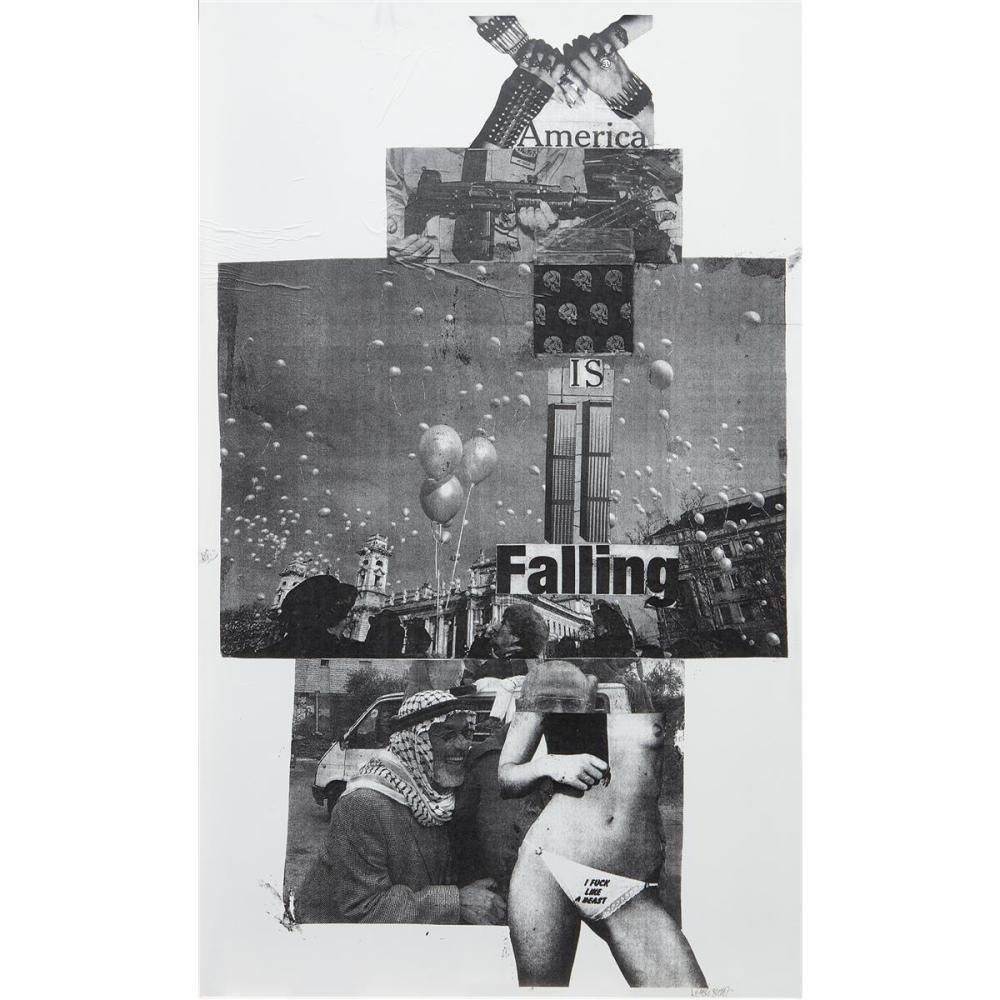
(1) America is Falling, Dash Snow, 2006. Famous for his use of grotesque and raw imagery, Dash Snow captured the decadent lifestyles and feelings of New Yorkers in the late 90s and early 2000s.
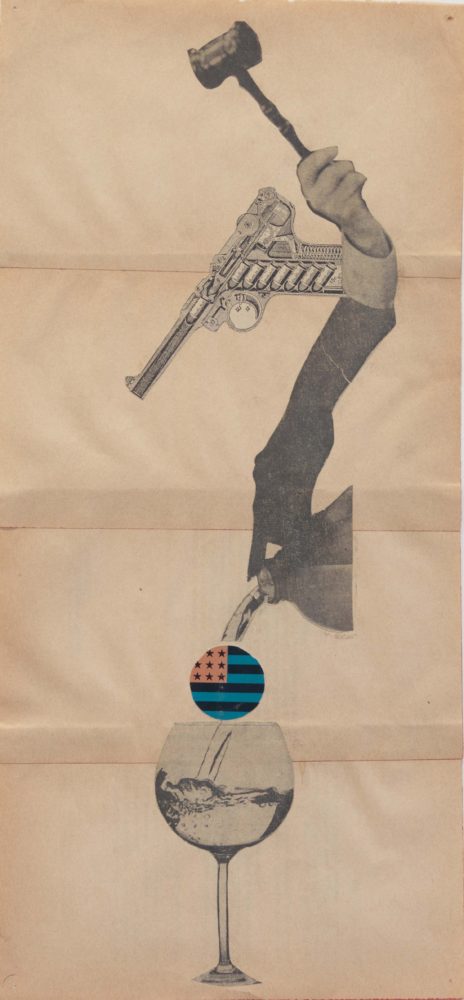
(2) Freeze Means Run, Dash Snow, 2016. Snow’s work consisted of lots of photographs and even more collages. Often times his collages were adhered to cheap backgrounds such as paper or cardboard.
While Dadaism originates from war, it has since come to represent a rejection of the logic, reason, and rules which make up a capitalist society. The style expresses a sence of absurdity, irrationality, and anti-bourgouisie protest. Many dadaist works mock the subject matter present while other works mock the idea of art itself. Dadaism incorporates a diverse set of materials, often times recycled items or collage-like clippings from print media.
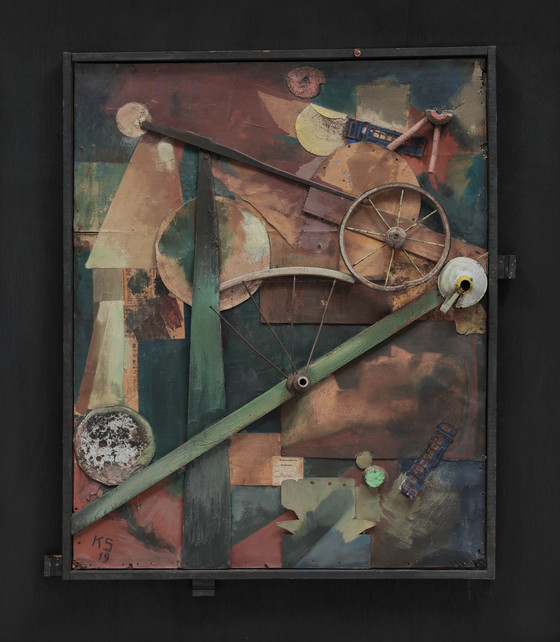
(3) Construction for Noble Ladies, Kurt Schwitters, 1919. This peice was created from trash found in Germany during the first World War.
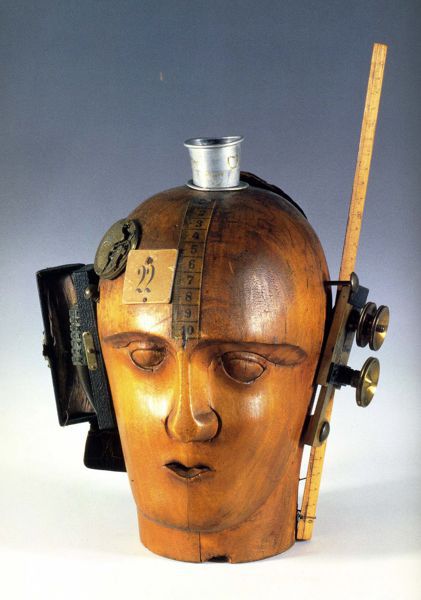
(4) The Spirit of Our Time, Raoul Hausmann, 1921. Heavily contrasting previous scultptures of the human body, Hausmann aimed to capture his dull, expressionless, and unsophisticated perception of his fellow Germans during WWI.
Overall, Dadaism exemplifies a unique aproach to art, using uncommon materials and creative compositions to make a statement about the ideals of our society.
(1) https://www.artsy.net/artwork/dash-snow-america-is-falling
(2) https://www.brantfoundation.org/exhibitions/freeze-means-run/
(3) https://collections.lacma.org/node/233525
(4) https://utopiadystopiawwi.wordpress.com/dada/raoul-hausmann/the-spirit-of-our-time/

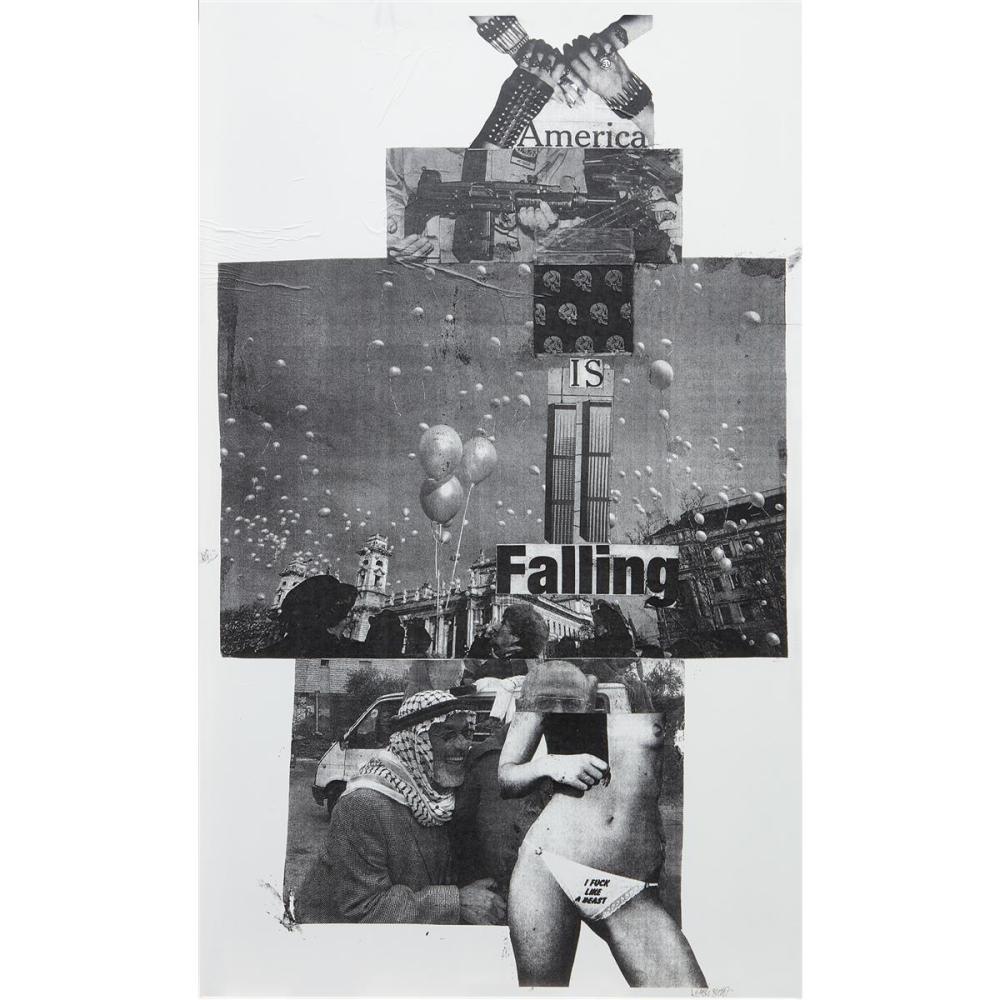
4 Comments. Leave new
Super interesting aesthetic! I really enjoyed the examples you used and felt they gave me a solid understanding of Dadaism. It’s interesting to see the levels of absurdity different artists used. Is Dadaism still pursued as an art form? If so, what recent events have spurred on the creation of Dadaist art?
At its core, Dadaism is a rejection of the status quo, making light of a dark situation or making nonsense for the fun of it. I think these characteristics go hand in hand with how we live life. There will always be struggles and I think the ability to make fun of them or at least find some silver lining is a pretty common reaction for many people.
I appreciate the brief descriptions of intention below each image. It helps me contextualize each piece and better appreciate them. I am curious, did the Dada art movement have any lasting impacts on other art movements or aesthetics?
Dadaism spawned absurd, shocking “anti-art” that questioned the rules and guidelines built up around art. This rejection and mockery certainly struck a chord with many people who would go on to push the boundaries themselves. While they are wildly different from Dadaism, we can see aspects of Dadaism’s rejection and ridicule in other art styles such as surrealism, pop art, and even abstract art.